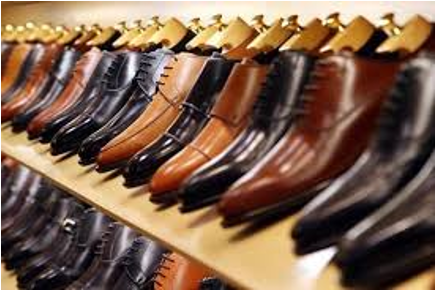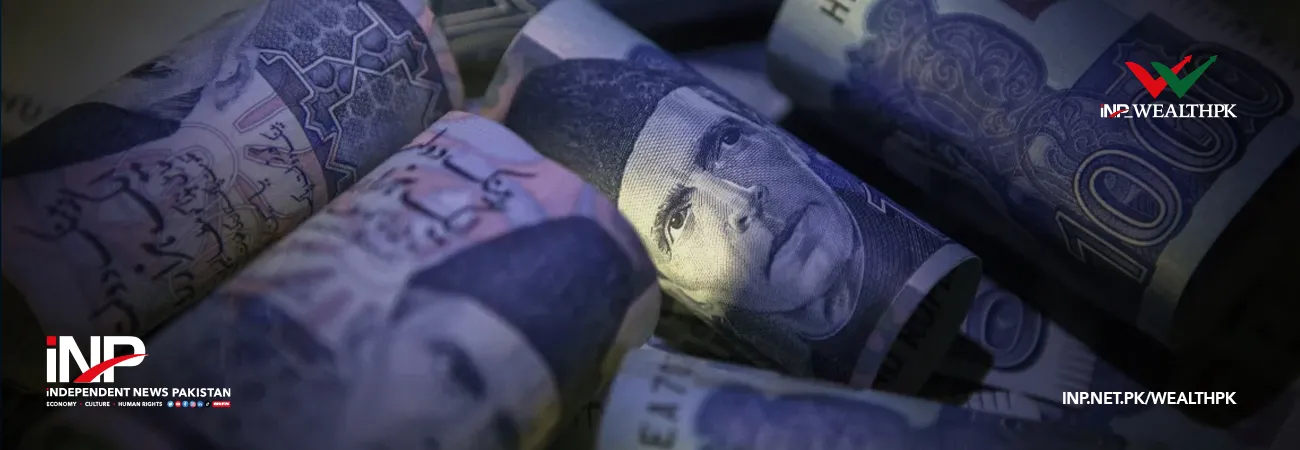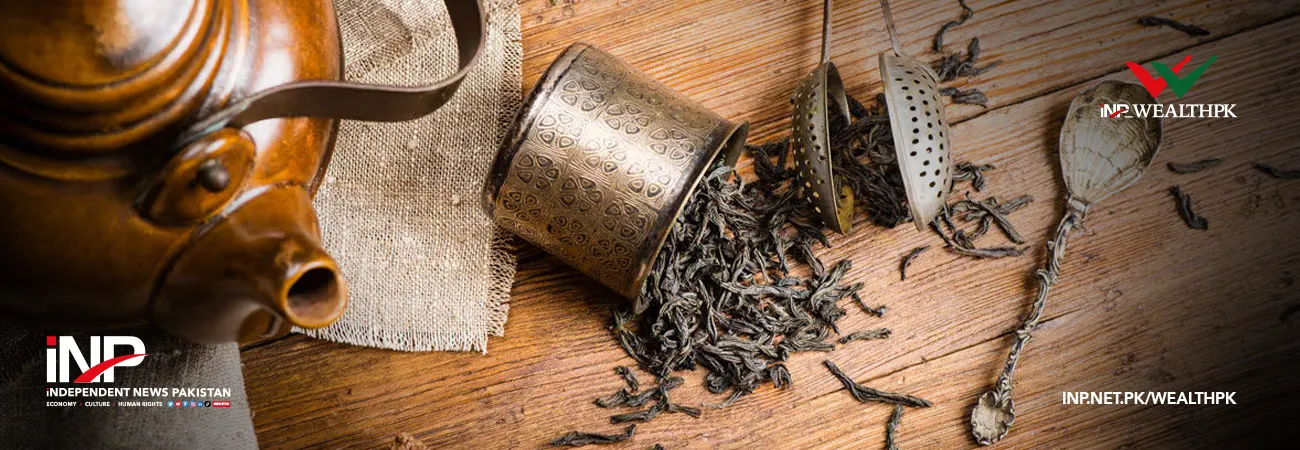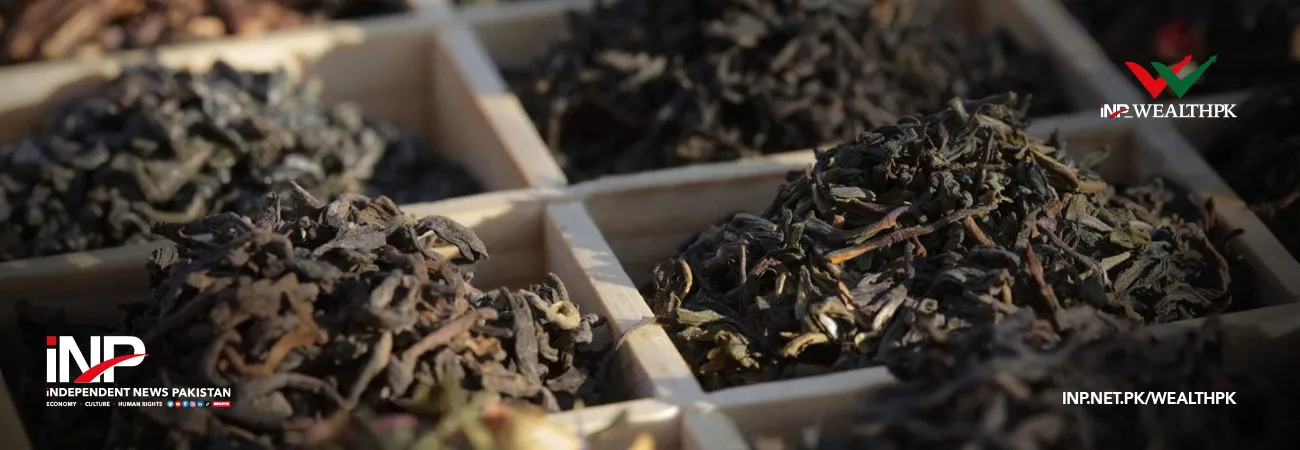INP-WealthPk
Muhammad Luqman
Pakistan’s shoe-making industry, a vibrant segment of the manufacturing sector, has long held significant potential for domestic growth and international competitiveness, reports WealthPK.

With over 75,000 cottage industry units, 5,000 small and medium-sized enterprises, and about 12 large companies, the footwear sector employs hundreds of thousands and contributes notably to Pakistan’s exports. Yet, despite this potential, the industry faces a range of challenges that limit its global impact.
“The industry was first hit by the global recession when the COVID-19 pandemic swept across the globe. And now it is facing decline due to the Middle East conflict, resulting in downward trends in exports,” said Ahmad Fawad, General Secretary of the Pakistan Footwear Manufacturers Association (PFMA).
Current landscape:
The Pakistani footwear industry manufactures a wide range of products, including leather shoes, synthetic footwear, and sandals, catering to both domestic and export markets.
Talking to WealthPK, the PFMA secretary general said the country exported USD162 million worth of footwear in FY2024, mainly to Europe, the Middle East, and the US.
Ahmad Fawad said that with an annual footwear production of 561 million pairs, Pakistan was the sixth-largest shoe producer in the world, whereas China was the global leader with a production of 8,958 million pairs, followed by Vietnam with 1,335 million pairs.
He said the Pakistani footwear exporters faced regulatory hurdles, a lack of export financing, and tough competition from China, Vietnam, and India, all of which enjoy better economies of scale and stronger global linkages.
However, he said, Pakistan had the potential to reach an enviable export mark of USD30 billion by improving its technology and gaining access to new international markets.
Ahmad Fawad said that with Western buyers diversifying away from China, Pakistan had the chance to attract the global footwear brands looking for new sourcing destinations. Offering competitive labor and raw materials, Pakistan can position itself as a reliable alternative, he added.
Footwear companies believe that investment in modern equipment and technology can be instrumental in making Pakistani footwear competitive in the international market.
“Most small- and medium-sized shoe manufacturers still rely on manual or semi-mechanized production methods,” said Waseem Ahmad, Chief Executive of the footwear company.
He said Pakistan produced quality leather, yet the costs were rising due to the supply chain inefficiencies, energy tariffs, and taxes. For synthetic and imported materials, volatile exchange rates further increase the input costs, he added.
Waseem Ahmad said that many local producers manufacture generic products or those for foreign brands. There is limited investment in brand development, fashion forecasting, or unique design aesthetics tailored for international trends, he regretted.
He said developing indigenous brands and investing in high-end fashion footwear could bring higher margins and win consumer loyalty. With the rise of e-commerce, even SMEs can reach the global markets directly.
Waseem said the government could contribute greatly to the promotion of the footwear sector in Pakistan by streamlining the export procedures, offering rebates, and ensuring energy reliability.
According to the economic experts, Pakistan’s shoe-making industry stands at a crossroads. Rising global demand, shifting supply chains, and local raw material advantages create favorable conditions for exponential growth in the sector, but this will only be realized if critical reforms and investments are made.
“By modernizing production, upskilling labor, and creating strong brands, Pakistan can walk a confident path into the international footwear market,” economist Dr. Qais Aslam said.
Credit: INP-WealthPk













